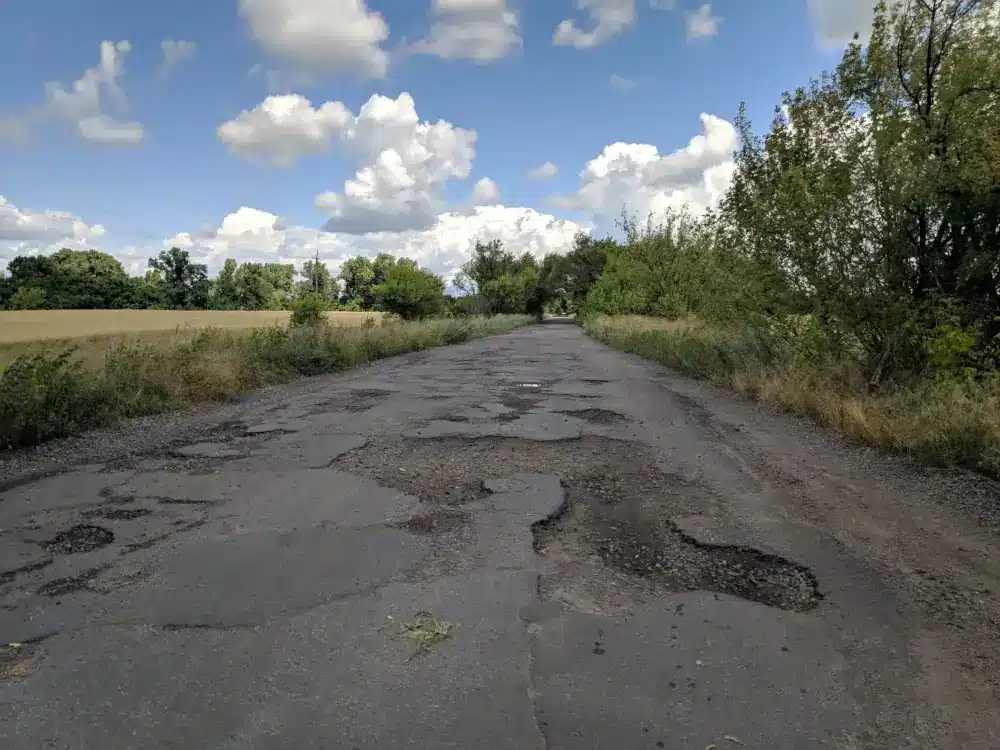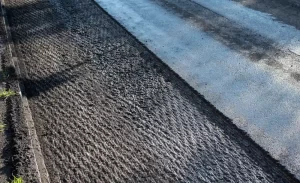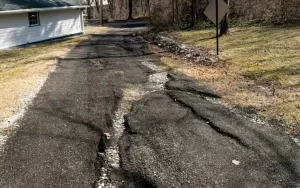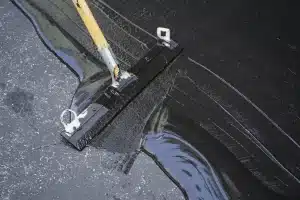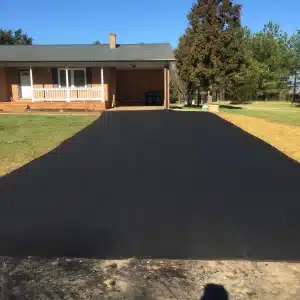Asphalt crack sealing plays a crucial role in maintaining the integrity and longevity of your asphalt surfaces. By preventing water infiltration and minimizing the risk of further damage, crack sealing helps extend the lifespan of pavements while improving their overall appearance. In this blog, we will guide you through a comprehensive step-by-step process for asphalt crack sealing, equipping you with the knowledge and techniques needed to protect and preserve your asphalt effectively.
Step 1: Preparation and Inspection
Before commencing the crack sealing process, thorough preparation and inspection are vital. Start by clearing the cracks of any debris, such as dirt, vegetation, or loose materials, using a wire brush or high-pressure air. Then, assess the severity of each crack, noting their width, length, and depth. This evaluation will help determine the appropriate repair approach and identify any underlying issues, such as poor drainage or base failure, which may contribute to crack formation.
Step 2: Cleaning the Cracks
Achieving a clean surface is crucial for proper adhesion of the sealant. Use mechanical methods like wire brushes, routers, or high-pressure air to remove debris and loose materials from the cracks. Additionally, sweeping and blowing the surface with brooms or blowers will eliminate any remaining dust and particles. For more stubborn contaminants, power washing with pressurized water can provide a deeper and more effective cleaning.
Step 3: Selecting the Right Sealant
Choosing the right sealant is a critical step in ensuring successful crack sealing. Two common types of sealants are hot-applied rubberized asphalt sealants and cold-pour crack sealants. Consider the climate and temperature fluctuations in your region when selecting a sealant, as it should be suitable for the local conditions. Evaluate the performance characteristics of each sealant, including flexibility, adhesion, and durability, to make an informed choice.
Step 4: Application of Sealant
The application of the selected sealant is a meticulous process. For hot-applied sealants, they need to be heated in a melter-applicator machine until they reach the desired consistency. Then, carefully pour the sealant into the cracks, ensuring complete coverage. Use tools such as a squeegee or trowel to level and smooth the sealant, ensuring a uniform appearance. Cold-pour sealants, on the other hand, can be directly poured into the cracks without prior heating. Smooth the sealant using a squeegee or trowel for an even finish.
Step 5: Finishing and Curing
Once the sealant is applied, it is crucial to provide adequate finishing and curing. Implement traffic control measures, such as signage and barricades, to divert vehicles and pedestrians during the sealing process. This will allow sufficient time for the sealant to cure properly. Place cones or caution tape around the sealed areas to protect them from unintentional contact. Follow the manufacturer’s guidelines regarding recommended curing durations, considering factors like the type of sealant used and environmental conditions.
Step 6: Regular Maintenance
To maintain the effectiveness of the crack sealing, establish a routine maintenance plan. Conduct regular inspections to monitor the condition of the sealed cracks, checking for any signs of deterioration or new cracks. Promptly address any issues that arise to prevent further damage. Establish a schedule for periodic crack sealing to ensure ongoing protection and prolong the lifespan of your asphalt surfaces. Timely repairs and reapplication of sealant will help maintain the integrity of the pavement.
Key Takeaways for Effective Asphalt Crack Sealing
By following these essential steps in the asphalt crack sealing process, you can effectively protect and preserve your asphalt surfaces. Thorough preparation, meticulous cleaning, careful selection of the sealant, precise application, and proper curing are all crucial elements for achieving successful results. Regular maintenance and timely repairs will help extend the lifespan of your asphalt surfaces, keeping them in optimal condition for years to come. If you are in need of crack-sealing services, contact Prime Paving today!

